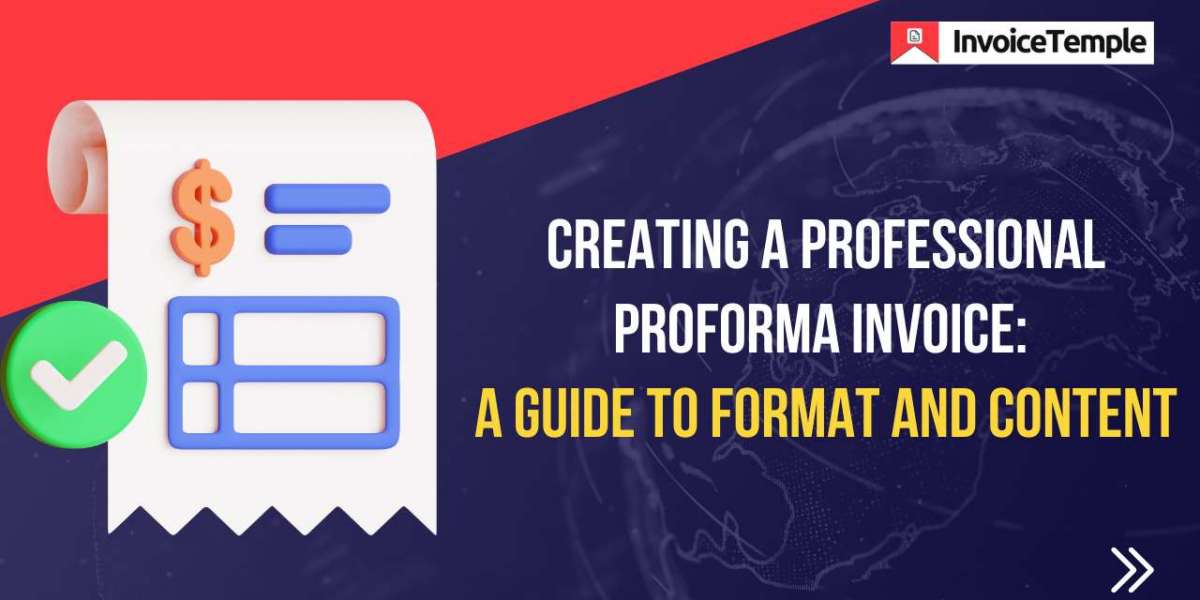Two critical components of this evolution are insurance predictive models and annuity software. Together, they represent a transformative shift in how insurers assess risk, manage policies, and cater to customer needs. This article will delve into these two essential aspects, exploring their definitions, applications, benefits, and the future of insurance technology.
What Are Insurance Predictive Models?
Insurance predictive models are sophisticated analytical tools used by insurance companies to forecast future events based on historical data. These models utilize statistical techniques and machine learning algorithms to analyze various factors that influence risk. By predicting potential outcomes, insurers can make informed decisions regarding underwriting, pricing, and claims management.
Key Components of Insurance Predictive Models
- Data Collection: The foundation of predictive modeling lies in data collection. Insurers gather vast amounts of data from various sources, including policyholder information, claims history, market trends, and demographic data. The quality and quantity of data significantly impact the model's accuracy.
- Variable Selection: Identifying relevant variables is crucial for building effective predictive models. Insurers must determine which factors—such as age, location, credit score, and previous claims—are most indicative of risk. This step requires domain expertise and a deep understanding of the insurance landscape.
- Model Building: Once the data is collected and variables are selected, actuaries and data scientists create predictive models using statistical methods and machine learning algorithms. Common techniques include regression analysis, decision trees, and neural networks.
- Validation: After developing a predictive model, insurers must validate its accuracy. This involves testing the model on a separate dataset to ensure it can reliably predict outcomes. Validation helps identify any biases or weaknesses in the model.
- Implementation: Once validated, the predictive model can be implemented within the insurance company’s operations. It can be integrated into underwriting processes, pricing strategies, and claims management systems, allowing for data-driven decision-making.
Applications of Insurance Predictive Models
Insurance predictive models have numerous applications across various sectors of the insurance industry:
- Underwriting: Predictive models enable insurers to assess the risk associated with applicants more accurately. By analyzing historical data and identifying patterns, insurers can determine appropriate premium rates and eligibility criteria.
- Claims Management: Predictive modeling can help insurers identify potential fraudulent claims by recognizing patterns that indicate suspicious behavior. This allows companies to investigate claims more effectively and reduce losses.
- Customer Retention: By analyzing customer behavior and preferences, insurers can predict which policyholders are likely to lapse or switch providers. This information allows companies to implement retention strategies, such as personalized communication and targeted offers.
- Risk Assessment: Predictive models help insurers evaluate the overall risk exposure of their portfolios. By understanding potential future losses, companies can adjust their pricing and risk management strategies accordingly.
- Marketing: Insurers can use predictive analytics to identify target markets and tailor their marketing campaigns. By understanding customer demographics and preferences, companies can enhance their outreach and improve conversion rates.
What Is Annuity Software?
Annuity software refers to specialized applications designed to streamline the management, calculation, and administration of annuity products. Annuities are financial products that provide a stream of income, typically used for retirement planning. The complexity of annuity products requires robust software solutions to ensure accurate calculations, compliance with regulations, and efficient customer service.
Key Features of Annuity Software
- Calculation Engine: At the heart of annuity software is a powerful calculation engine that performs complex financial calculations related to annuity products. This includes determining payout amounts, interest rates, and surrender values.
- Policy Management: Annuity software allows insurers to manage annuity policies efficiently. This includes tracking policyholder information, managing beneficiary designations, and handling policy updates and changes.
- Illustration Generation: Insurers can use annuity software to create illustrations for potential customers. These illustrations provide a clear representation of how an annuity product works, including projected income streams, growth rates, and potential fees.
- Compliance Tracking: Annuity products are subject to various regulatory requirements. Annuity software helps insurers ensure compliance with state and federal regulations, minimizing the risk of legal issues.
- Customer Relationship Management (CRM): Many annuity software solutions incorporate CRM features, allowing insurers to manage interactions with policyholders effectively. This includes tracking customer inquiries, managing sales leads, and facilitating communication.
Applications of Annuity Software
Annuity software plays a crucial role in the operations of insurance companies and financial institutions:
- Sales and Marketing: Annuity software helps sales teams present product offerings effectively. The ability to generate illustrations and provide accurate information allows sales representatives to engage customers confidently.
- Customer Service: Efficient policy management features enable customer service representatives to address inquiries promptly. Whether it’s about payouts, policy updates, or general questions, annuity software streamlines communication and enhances customer satisfaction.
- Financial Planning: Financial advisors use annuity software to help clients assess their retirement income needs. By simulating various scenarios, advisors can recommend suitable annuity products that align with clients' financial goals.
- Risk Management: Insurers can use annuity software to analyze the risk associated with their annuity portfolios. By evaluating payout obligations and potential market fluctuations, companies can make informed decisions regarding their product offerings.
- Data Reporting and Analytics: Annuity software often includes robust reporting capabilities, allowing insurers to analyze sales trends, policy performance, and customer behavior. This data-driven approach helps insurers optimize their strategies and improve overall performance.
The Intersection of Insurance Predictive Models and Annuity Software
As the insurance industry continues to evolve, the integration of insurance predictive models and annuity software is becoming increasingly important. By combining these two powerful tools, insurers can enhance their operations and provide better products and services to their customers.
Improved Risk Assessment
Integrating predictive models with annuity software enables insurers to assess the risk associated with annuity products more accurately. By analyzing historical data and predicting potential outcomes, companies can price their annuities more effectively and manage their portfolios with greater precision.
Enhanced Customer Engagement
By leveraging predictive analytics, insurers can better understand customer preferences and behavior related to annuity products. This insight allows companies to tailor their marketing strategies and improve customer engagement, ultimately leading to higher sales and retention rates.
Streamlined Operations
The combination of predictive models and annuity software can streamline operations within insurance companies. By automating calculations and decision-making processes, insurers can reduce manual errors, increase efficiency, and improve overall productivity.
Data-Driven Decision Making
Using predictive analytics in conjunction with annuity software empowers insurers to make informed decisions based on data. Whether it's adjusting pricing strategies, developing new products, or enhancing customer service, data-driven insights lead to better outcomes for both insurers and policyholders.
Future Trends in Insurance Technology
The future of insurance technology will likely see further advancements in both insurance predictive models and annuity software. Some trends to watch for include:
- Artificial Intelligence (AI): The use of AI in predictive modeling is expected to grow, allowing for even more accurate predictions and insights. Machine learning algorithms will continue to evolve, enhancing the capabilities of predictive models.
- Big Data Analytics: As data sources continue to expand, insurers will increasingly harness big data analytics to gain deeper insights into customer behavior and market trends. This will lead to more personalized products and services.
- Cloud-Based Solutions: The adoption of cloud technology will facilitate the integration of predictive models and annuity software, providing insurers with greater flexibility, scalability, and cost-effectiveness.
- Regulatory Compliance: As regulations continue to evolve, insurers will need to ensure that their predictive models and annuity software comply with changing requirements. This will necessitate ongoing updates and enhancements to existing systems.
- Customer-Centric Approaches: The insurance industry is shifting towards a more customer-centric approach, focusing on delivering personalized experiences. Predictive analytics will play a crucial role in understanding customer needs and preferences, ultimately driving product development and marketing strategies.
Conclusion
Insurance predictive models and annuity software are essential components of modern insurance practices. By leveraging data analytics and technology, insurers can enhance their risk assessment, streamline operations, and provide better services to their policyholders. As the industry continues to evolve, the integration of these tools will be critical in shaping the future of insurance.
With a focus on data-driven decision-making and customer engagement, the insurance landscape is poised for significant transformation. Insurers that embrace these advancements will not only improve their operational efficiency but also foster stronger relationships with their policyholders, ultimately leading to sustainable growth and success in the competitive insurance market.
In this rapidly changing environment, understanding the importance of insurance predictive models and annuity software is crucial for insurers, financial advisors, and policyholders alike. As technology continues to evolve, staying informed and adaptable will be key to navigating the complexities of the insurance industry.








